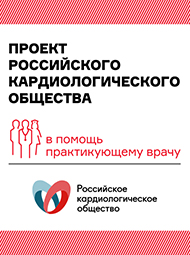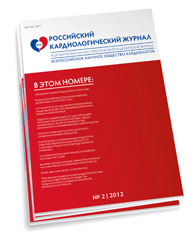Weight reduction decreases atrial fibrillation symptoms severity
A new study published in the Journal of the American Medical Association has shown that a structured weight reduction programme for highly symptomatic atrial fibrillation patients helps to reduce symptom burden and severity and also helps to reduce antiarrhythmic drug use.
“Atrial fibrillation has been described as the epidemic of the new millennium, with a projection that by 2050 there will be 12 million to 15 million affected individuals in the United States. In the United States, the direct economic cost of atrial fibrillation is estimated at US$6 billion annually. Although population aging is regarded as an important contributor, obesity may account for a substantial proportion of the increasing prevalence,” write study author Hany S Abed, University of Adelaide and Royal Adelaide Hospital, Adelaide, Australia, and colleagues.
According to Abed et al, it has not been known whether weight reduction and cardiometabolic risk factor management can reduce the burden of atrial fibrillation; therefore, they set out to evaluate the effect of a structured weight reduction programme on atrial fibrillation symptoms.
The study was conducted between June 2010 and December 2011 among overweight and obese patients with symptomatic atrial fibrillation. Patients underwent a median (midpoint) of 15 months of follow-up. Patients were randomised to weight management (intervention; n=75) or general lifestyle advice (control; n=75). Both groups underwent intensive management of cardiometabolic risk factors (hypertension, hyperlipidemia, glucose intolerance, sleep apnoea, and alcohol and tobacco use).
The intervention group experienced greater reduction, compared with the control group, in weight (33 and 12.5 lbs., respectively,) and in atrial fibrillation, symptom severity, number of episodes, and cumulative duration in minutes.
“In this study, a structured weight management programme for highly symptomatic patients with atrial fibrillation reduced symptom burden and severity and reduced antiarrhythmic use when compared with attempts to optimally manage risk factors alone,” the authors write.
Source: www.cxvascular.com






